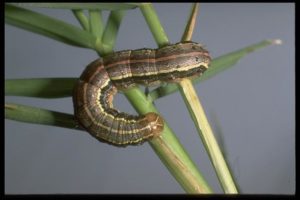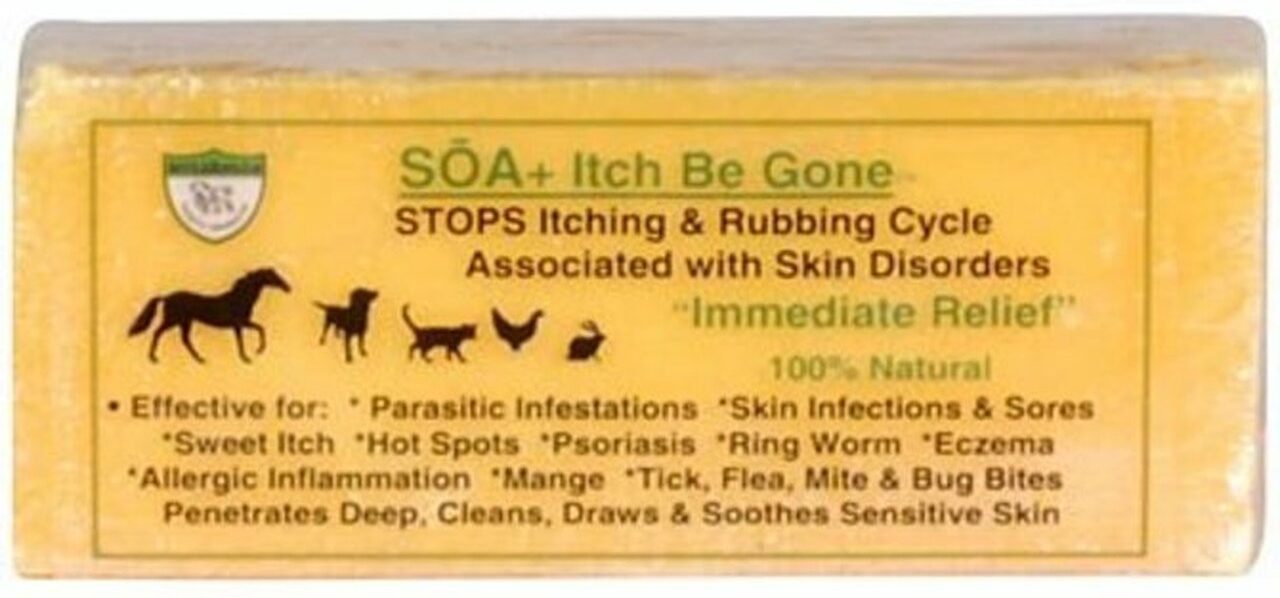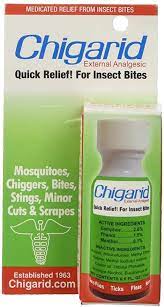Got Fall Armyworms?
 Well guess who is here early this year? Yep you guessed it, our ole dependable enemy the Fall Armyworm has been reported in Wise County and parts of North Texas. I have been hearing reports the last couple of weeks about them in Central and East Texas so I figured it wouldn’t be long until they made their way to Wise County. A few weeks ago the grasshoppers were a dime a dozen, now Armyworms and Hoppers. It’s always something hounding us farmers and ranchers. The weather conditions have been somewhat strange this year and it has been prime for all insects especially grasshoppers and now Fall Armyworms, and every other type of insect known to man. The mosquitos are bad this year and huge, the Ticks are bad in places also. Walnut Caterpillars have been a problem this year with huge populations out there this spring. I have assembled great information on identifying, controlling and choice of products available, so check it out. Remember to identify a Fall Armyworm they will have the inverted Y on their heads and three yellow stripes down their back. If they don’t have that inverted Y then they are True Armyworms and they don’t usually pose as big a problem for our forages. Anyway, here in my toolbox this week I some great information for you to help control and eliminate the little grass hogs. Stay on top of it as they can wipe you out overnight seems like. And get your product out early in the worms life cycle, from pre-hatch to half inch long is best for most products but some does have longer acting control for any stage. That means get out in the grass and look for them on a daily basis if possible so you can detect them early. Small fall armyworms are much easier to kill than larger ones. A population of 3 to 4 or more fall armyworms per square foot is a reasonable treatment threshold. Insecticides vary in price; grazing and harvesting intervals; mode of action; speed of action; and safety to the environment and to the applicator. The insecticide label usually recommends a range of application rates. In general, use higher rates of insecticides (and higher volumes of water) when the grass is thick, when fall armyworm populations are high, when caterpillars are large, and to get the longest residual effect. Some insecticides will kill only smaller caterpillars, so check the comments about each insecticide. Pay close attention to the number of times a particular insecticide can be applied per hay cutting and per season. Within a season, rotate between different modes of action, if possible. I am talking mainly pastures and hayfields here, but they can get in your lawn too so you homeowners beware! Holler if you need some help, that’s what I am here for.
Well guess who is here early this year? Yep you guessed it, our ole dependable enemy the Fall Armyworm has been reported in Wise County and parts of North Texas. I have been hearing reports the last couple of weeks about them in Central and East Texas so I figured it wouldn’t be long until they made their way to Wise County. A few weeks ago the grasshoppers were a dime a dozen, now Armyworms and Hoppers. It’s always something hounding us farmers and ranchers. The weather conditions have been somewhat strange this year and it has been prime for all insects especially grasshoppers and now Fall Armyworms, and every other type of insect known to man. The mosquitos are bad this year and huge, the Ticks are bad in places also. Walnut Caterpillars have been a problem this year with huge populations out there this spring. I have assembled great information on identifying, controlling and choice of products available, so check it out. Remember to identify a Fall Armyworm they will have the inverted Y on their heads and three yellow stripes down their back. If they don’t have that inverted Y then they are True Armyworms and they don’t usually pose as big a problem for our forages. Anyway, here in my toolbox this week I some great information for you to help control and eliminate the little grass hogs. Stay on top of it as they can wipe you out overnight seems like. And get your product out early in the worms life cycle, from pre-hatch to half inch long is best for most products but some does have longer acting control for any stage. That means get out in the grass and look for them on a daily basis if possible so you can detect them early. Small fall armyworms are much easier to kill than larger ones. A population of 3 to 4 or more fall armyworms per square foot is a reasonable treatment threshold. Insecticides vary in price; grazing and harvesting intervals; mode of action; speed of action; and safety to the environment and to the applicator. The insecticide label usually recommends a range of application rates. In general, use higher rates of insecticides (and higher volumes of water) when the grass is thick, when fall armyworm populations are high, when caterpillars are large, and to get the longest residual effect. Some insecticides will kill only smaller caterpillars, so check the comments about each insecticide. Pay close attention to the number of times a particular insecticide can be applied per hay cutting and per season. Within a season, rotate between different modes of action, if possible. I am talking mainly pastures and hayfields here, but they can get in your lawn too so you homeowners beware! Holler if you need some help, that’s what I am here for.
Products for Pasture or Hay field application: See the our publication – Armyworm Fact Sheet, for a list of products available to use, and restrictions. Page 3
Products for Homeowners on Lawns-See our Publication Weed, Insect and Disease control in Turfgrasses, for a list of products to use, use rates and restrictions. Pages 58-60
As I ALWAYS PREACH: Read and follow label directions – the label is the law!
Field Guide to Common Texas Insects Fall Armyworm
Fall-armyworm-identification-and-control
Management of Fall Armyworm in Pastures and Hayfields
Weed, Insect and Disease control in Turfgrass
TICK INFORMATION
The TickApp – https://tickapp.tamu.edu/index.html
Prevention:
Preventing tick bites is the best way to avoid a tick-borne illness.
- Wear a long sleeve shirt and pants when walking in the woods or grassy areas where ticks are common.
- Walk in the center of trails.
- Use tick repellent that’s at least 20 percent DEET.
- Treat clothing and gear with 0.5 percent permethrin
- Take a shower or bath within two hours of being outdoors.
- Check skin closely after being in tick-prone areas, especially under arms, behind ears, between legs, behind
knees, and in hair.
It typically takes over 24 hours of feeding for a tick carrying disease to infect a person. So, the sooner a tick can be identified and removed, the better.
Removal of a tick:
The most important thing to do when you find a tick on you is to remove it. You can remove the tick yourself with a set of tweezers. Follow these steps:
- Grasp the tick as close as you can to your skin’s surface.
- Pull straight up and away from the skin, applying steady pressure. Try not to bend or twist the tick.
- Check the bite site to see if you left any of the tick’s head or mouth parts in the bite. If so, remove those.
- Clean the bite site with soap and water.
- Once you’ve removed the tick, submerge it in rubbing alcohol to make sure it’s dead. Place it in a sealed container.
Lone Star Ticks
https://texasinsects.tamu.edu/lone-star-tick/
How the New ‘Super Ticks’ Can Make You Sick
https://www.everydayhealth.com/skin-and-beauty-pictures/common-ticks-and-tick-bite-symptoms.aspx
Centers for Disease Control and Prevention
Tick Bites: Symptoms and Treatments
https://www.healthline.com/health/tick-bites
Insects in the City:
-Lyme disease ticks in Texas-
https://citybugs.tamu.edu/2016/01/27/lyme-disease-ticks-in-texas/
-Chigger season- https://citybugs.tamu.edu/2018/06/13/chigger-season/
https://texasinsects.tamu.edu/chiggers/
https://agrilife.org/urban-ipm/2015/06/11/chiggers/
Fleas in Texas
https://ipm.tamu.edu/2017/07/chiggers-fleas-more-noticeable-in-summer/
https://agrilifeextension.tamu.edu/library/insects/controlling-fleas/
Earth-wise guide to Fleas – PDF
SOA Itch Be Gone Bar Soap,For pets, Caladryl, & Chigarid
Grandmas Old Fashion Itch Be Gone Soap
Fire Ant Control in Pasture
Some will not affect livestock in grazed or hayed pastures. Read the label for clarity. I recommend several treatments a year to get the maximum effective control. And you can mix some products together like a product that are IGR-Insect Growth Regulators with a chemical based product, for example Extinguish mixed with Amdro Pro. Again READ THE LABEL!
These are approved for grazed and hayed pastures:
Advion – https://fireant.tamu.edu/controlmethods/products/advion/ fast control, approved for horses, but expensive at $20-32 per acre
Amdro Pro – https://fireant.tamu.edu/controlmethods/products/amdro_pro/ relatively fast control, relatively inexpensive at $12-24 per acre
Extinguish – https://fireant.tamu.edu/controlmethods/products/extinguish/ slow to work (6-8 weeks) inexpensive at $12 per acre
Extinguish Plus – https://fireant.tamu.edu/controlmethods/products/extinguish_plus/ a little slower control than Amdro Pro, is relatively inexpensive at $15-20 per acre
They all will work relatively well just depends on how long it will take to get control and the costs.
You can mix some of these products together to help get better control but read the label for directions.
The latest research on Sugarcane Aphids, a new pest that is very destructive to our grain sorghum and annual fast grasses can be found here:
Sugarcane Aphids
Problems with Mosquitoes? Go to Mosquito Safari to discover what everyone should know about this pest!
Publications
Controlling Grasshoppers in the Pasture and Field -PDF
Contolling the Walnut-caterpillar – PDF
Managing-Insect-Pests-of-Texas-Forage-Crops-PDF
Grasshopper Biology & Control – PDF
Controlling the Fall-Webworm- PDF
Do I have Bagworms or Fall Webworms
Wheat-Managing Insects and Mite Pests of Texas Small Grains
Natural organic alternative methods for control
Managing-Insect-Pests-of-Texas-Forage-Crop
Latest fire ant control products
Insects-Winged Termites and Winged Ants
Insects-Managing Tx Small Grains 8-18
Insects-Managing Insects and Mite Pests of Texas Small Grains
Insects-Management of in pasture and rangeland OSU
Insects-Fire Ant control methods 14
Insects-Fall Webworm management
Insects-Fall Armyworm-Fact-Sheet-2018
Insects and mites of Tx Forage crops
Insecticide-warrior label 14 day restriction
nsecticide-Tempo SC Ultra (900 ml) Label
Insecticides-What is a pyrethroid insecticide
Insecticides – Grasshopper-Control
Insecticide-Temprid_FX_Label ,Imid
Insecticide-Silencer-Label 0-7
Insecticide-Sevin_XLR_Plus Labe
Insecticide-Sevin Insecticide – Labe
lInsecticides-Demand_CS_Label1
Insecticides labeled for fall armyworm
Insecticide-PrevathonR Label Worms & hoppers
Insecticide-PrevathonR by Dupont
Insecticide-natural-Entrust_SC_Specimen_Label
Insecticide-Merit Granular Label
Insecticide-Merit 0.5 G for Turfgrass
Insecticide-Meridian Label for Turf Grass
Insecticide-Lambdastar Plus Label
Insecticide-Intrepid_2F_Specimen_Label
Insecticide-Dupont Coragen Label
Insecticide-Biological-ThuricideBT-Caterpillar-label
Insecticide-Bifen_XTS_Label lawns
Insecticide Rynaxypyr for brown apple moth
Insecticide Options for Emarald Ash Borer
Insect control recom for field crops and pasture
Insect control for Apple and Pear 2017
Fireants-Natural organic alternatie methods for control
Fireants-Latest fire ant control products
Chiggers-an itchy little critter
Bermudagrass Stem Maggot Agents Handout
Asian Giant Hornet Look-alikes 101 Xanthe Shirley
Armyworm Fact Sheet 2019 revision
Aphids-Scouting Sugarcane Aphids



